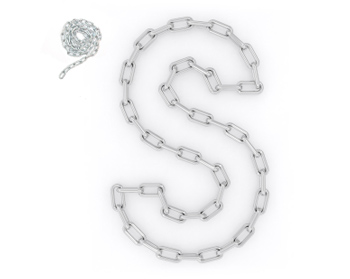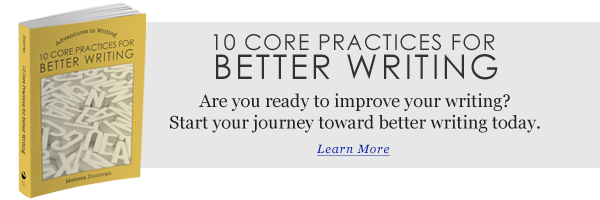Possessive Punctuation One of the Boys Drawings

Punctuation marks: how to use apostrophe-s.
It's one of those grammar glitches that makes English teachers twitch, and it's a perplexing punctuation problem.
Knowing when to use an apostrophe and when to use apostrophe -s can be tricky, but this grammar quickie provides all you need to know about plural versus possession when it comes to apostrophe -s.
Pluralization
You can have one or you can have many. Do you have a dog or do you have dogs? Generally speaking when you're indicating more than one, you simply add an "s" to the word. That's it, you're done.
Possession
Is it plural or is it owned? If you're showing ownership, then you'll usually add apostrophe -s to the word. You have a dog. Your dog has a collar. That is the dog's collar. If something (collar) belongs to something else (dog), it is given the apostrophe -s to show possession.
Multiplicity
But what if you have more than one dog and they each have their own collar? You have dogs. They have collars. Those are the dogs' collars. When you're dealing with more than one owner, the plural "s" is added and the apostrophe follows.
Apostrophe -S and the Word It
One of the most common spelling mistakes happens with the word it, especially when people try to indicate possession. Should you add the apostrophe -s or not? When does it take apostrophe -s and when does it just take an s?
The Exception to the Rule
One word in the English language stands out as an exception to the rule when it comes to plural versus possession. The word it is treated a bit differently. In fact, there is no plural possession at all because it is inherently singular (the plural form is another word altogether: they). That's a relief. But what about when "it" owns something?
When you're showing possession with the word it, you simply reverse the rules and lose the apostrophe. The car has wheels. Its wheels are round. See? No apostrophe when something belongs to it.
What About It's?
It's is neither possessive nor plural. When the apostrophe -s is added to it, what you're seeing is a contraction, or a shortening of two words. The phrase it is is being shortened. If you have a hard time remembering this, try saying your sentence or phrase by replacing "its" or "it's" with "it is." If "it is" works, then you have a contraction and the apostrophe is required. If not, then just an s will do.
Remembering the Punctuation Rules for Apostrophe -S
Remembering the rules is easy. All you have to do is remember that if there's ownership or possession, then the word should take apostrophe -s. If there are many (the word is plural), then just an "s" will do. If a word is both plural and possessed, it gets an sfollowed by an apostrophe. And for the word "it," the rules are reversed.
Grammar and Exceptions
Like most grammar rules, there are exceptions to the rules that dictate how we use apostrophes, and they are many. For example, when there is more than one goose, you don't say "gooses," you say "geese."
The English language is fraught with such exceptions, and plural forms of many words require more than adding an "s" to the end. Learning all the exceptions takes patience and time, and requires that you constantly pay attention to words with special rules. Always keep an eye out for them.
Do you have any tips to add for remembering the punctuation marks and grammar rules for plurals and possessions? Do the rules for using apostrophe -s ever confuse you? Share your thoughts in the comments!

Source: https://www.writingforward.com/grammar/punctuation-marks/apostrophe-s
0 Response to "Possessive Punctuation One of the Boys Drawings"
Post a Comment